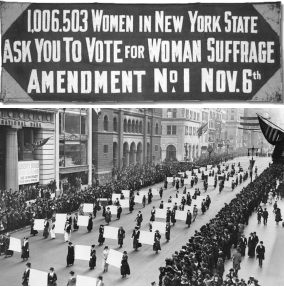Coming Home to Harlem: The New Home of Missions in the Black American Community
By Elisabeth Engel
In Encountering Empire, historian Elisabeth Engel traces how black American missionaries — men and women grappling with their African heritage — established connections in Africa during the heyday of European colonialism. Reconstructing the black American “colonial encounter,” a neglected chapter of Atlantic history, Engel analyzes the images, transatlantic relationships, and possibilities of representation African American missionaries developed for themselves while negotiating colonial regimes. Between 1900 and 1939, these missionaries paved the way for the African Methodist Episcopal Church (AME), the oldest independent black American institution, to establish a presence in Britain's sub-Saharan colonies. African Americans thus used imperial structures for their own self-determination.
This post, drawn from the book's fourth chapter, discusses how concepts of home crystallized a counterculture of diasporic pan-Africanism within AME missionary circles. A key part of defining “home” for these missionaries was moving to a new headquarters in Harlem.
Read More









